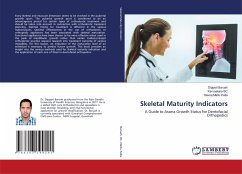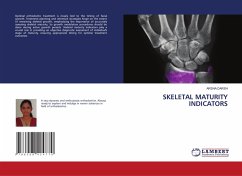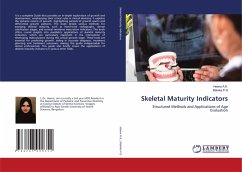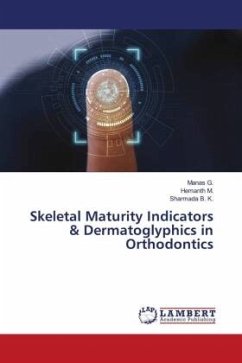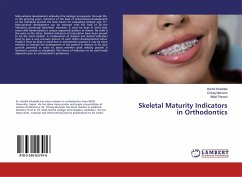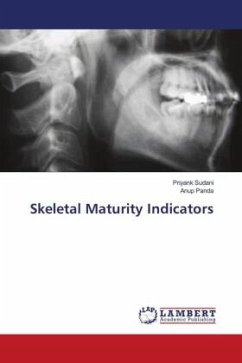The accurate determination of the skeletal age of an individual is very important in orthodontic treatment planning. Of the various skeletal maturity indicators available, interpretation of the Hand wrist radiographs and Lateral Cephalograms are the most commonly used and accurate techniques. However, newer advancements like Biochemical markers offer a less invasive alternative when compared to conventional radiographs. This textbook gives a glimpse into the various anatomical, biological and physiological factors involved with growth and maturity, as well as the various conventional and newer techniques for the determination of Skeletal Maturity.
Bitte wählen Sie Ihr Anliegen aus.
Rechnungen
Retourenschein anfordern
Bestellstatus
Storno


